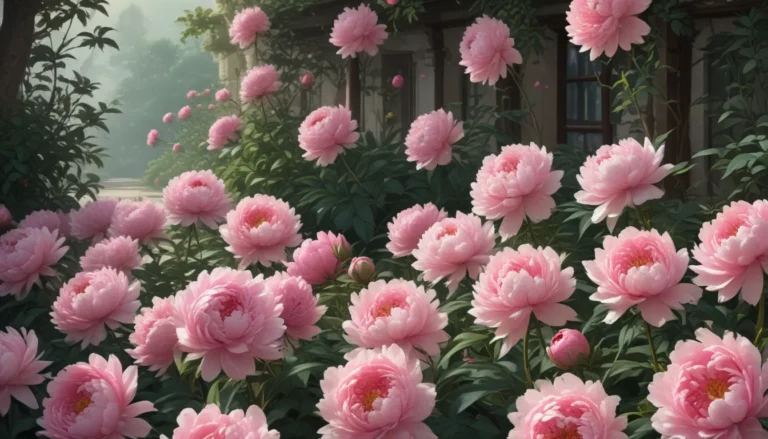Growing Lilacs in Pots and Planters: A Complete Guide

Lilacs, with their sweet fragrance and beautiful flowers in shades of lavender, pink, purple, and white, are a spring garden favorite. These shrubs can reach up to 30 feet in height and spread almost as much, providing a glorious sight and a heady fragrance when in full bloom. However, not everyone has the space to grow the full-sized versions of these beauties. Container-grown lilacs offer a solution for those with limited garden space, allowing you to enjoy their beauty even in small spaces.
What You’ll Learn
- Container Lilac Basics
- Pot and Planter Size Recommendations
- Soil Needs
- How to Trim Roots
- Growing Tips
- Pruning and Maintenance
- Winter Care
- Cultivars to Select
Container Lilac Basics
To keep your container-grown lilacs flowering vibrantly, it’s essential to choose dwarf or smaller-sized varieties. These plants need to be planted in large pots with ample room for roots to spread. Regularly trimming the roots to fit the pot is required to maintain healthy growth and abundant blooms. Providing the right conditions in containers can ensure that you benefit from the beauty of lilacs even in small spaces.
Pot and Planter Size Recommendations
Even though dwarf lilacs mature to a compact size, they still need plenty of room for root growth. A minimum pot size of 12 inches deep and 24 inches wide is recommended. Larger containers provide better insulation to roots in extreme temperatures and reduce the frequency of watering. Ensure that the pot has adequate drainage holes at the bottom and choose materials that offer good insulation against freezing temperatures.
How to Grow
When planting lilacs in containers, ensure they receive at least six hours of sunlight daily. Use fertile, well-draining, humus-rich soil with a neutral to alkaline pH. Line the containers with drainage material and fill them with a fertile soil mix enriched with aged compost or well-rotted manure. Water the plants gently and deeply at the soil level, keeping the soil lightly moist. Annual feeding with a balanced fertilizer is recommended in early spring.
Soil Needs
For optimal growth, lilacs require fertile, sweet soil with a pH of 7.0 to 7.5. Amend the soil with aged compost or manure and add moisture-retaining materials like coconut coir or perlite. Avoid using peat moss due to its acidity. Test the soil pH and adjust if necessary using dolomite lime. Regular root trimming is necessary to maintain healthy growth.
How to Trim Roots
Prune the roots in late winter to create a compact, shallow structure for replanting that is about one-third smaller than the container. Cut back any circling roots and maintain a shallow and compact root structure. Repeat the root pruning process every one to three years as needed.
Growing Tips
- Choose a dwarf variety for compact growth.
- Use neutral to alkaline soil.
- Keep the soil moist but not wet.
- Locate containers in areas where the fragrance can be enjoyed.
Pruning and Maintenance
Most dwarf varieties require little to no annual pruning aside from removing spent flowers. Prune immediately after flowering to promote new growth for the following year. Remove dead, crossing, or weak limbs and suckers to maintain a healthy shrub.
Winter Care
Protect container lilacs from extreme cold temperatures to prevent root damage. Overwinter the plants in a protected site or use mulch to insulate the roots. Avoid bringing potted lilacs indoors in winter as they need cold temperatures for flower bud development.
Cultivars to Select
For container gardening, select dwarf varieties that are suitable for small spaces. Here are some recommended cultivars:
- Baby Kim
- Bloomerang Dark Purple
- Little Lady
- Palibin
- Tiny Dancer
These cultivars offer compact growth, vibrant flowers, and attractive fragrances. Choose plants that are suitable for your climate zone for best results.
Potted Magic
Growing lilacs in containers can provide a compact version of these beautiful shrubs with lovely scented flowers. To ensure success, choose the right variety, soil, and containers, and keep the roots in check for an abundance of potted lilac magic!
Do you have any favorite varieties for planters? Let us know in the comments below!
For more information on caring for lilacs, check out these articles:
- How to Identify and Treat 7 Common Lilac Diseases
- How to Grow and Care for Japanese Tree Lilacs





